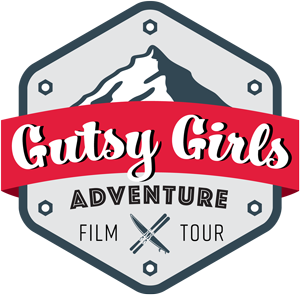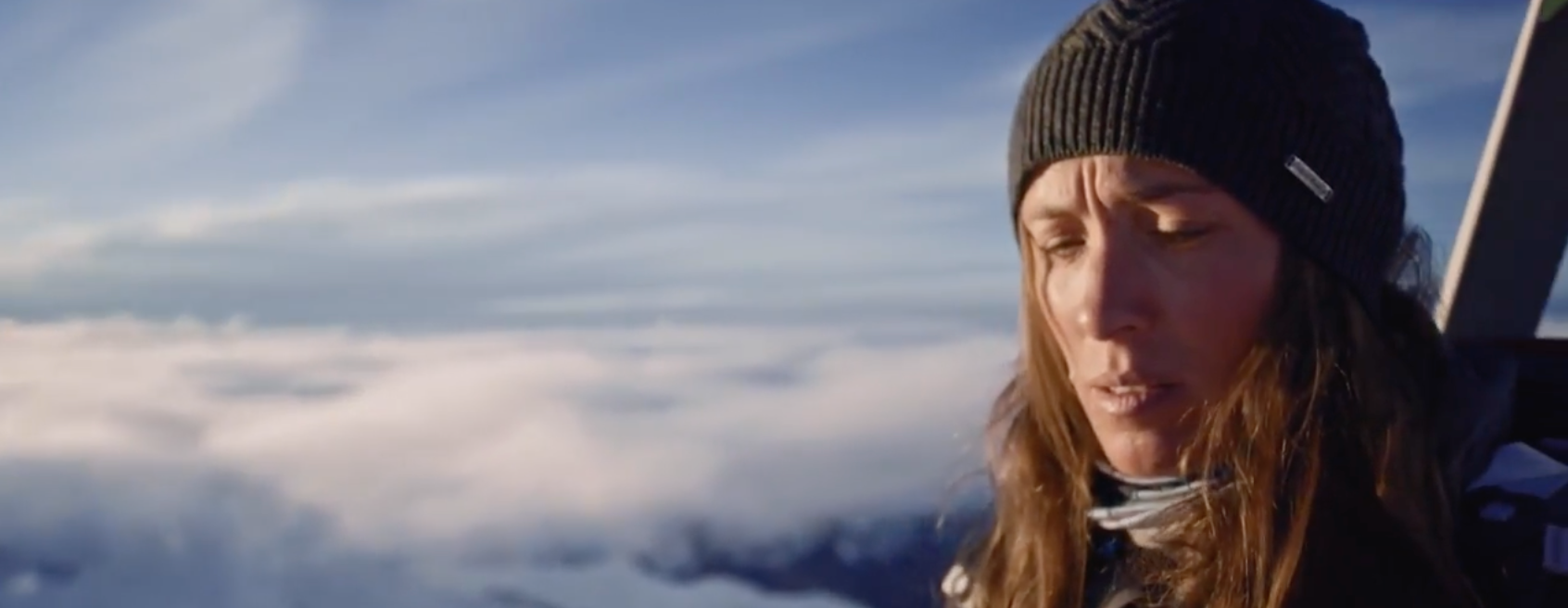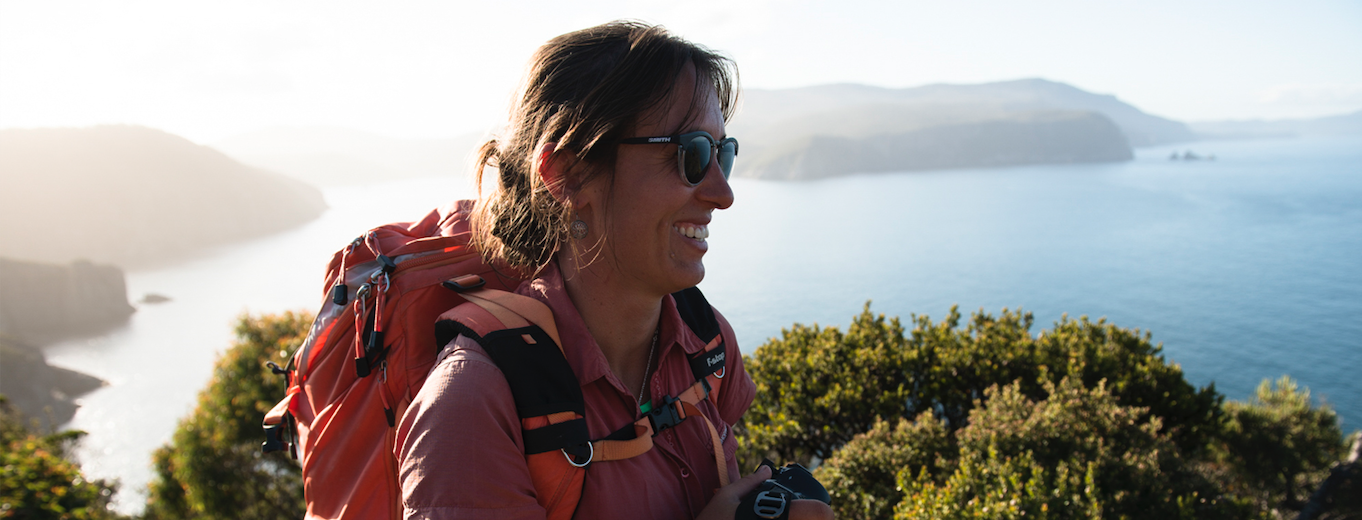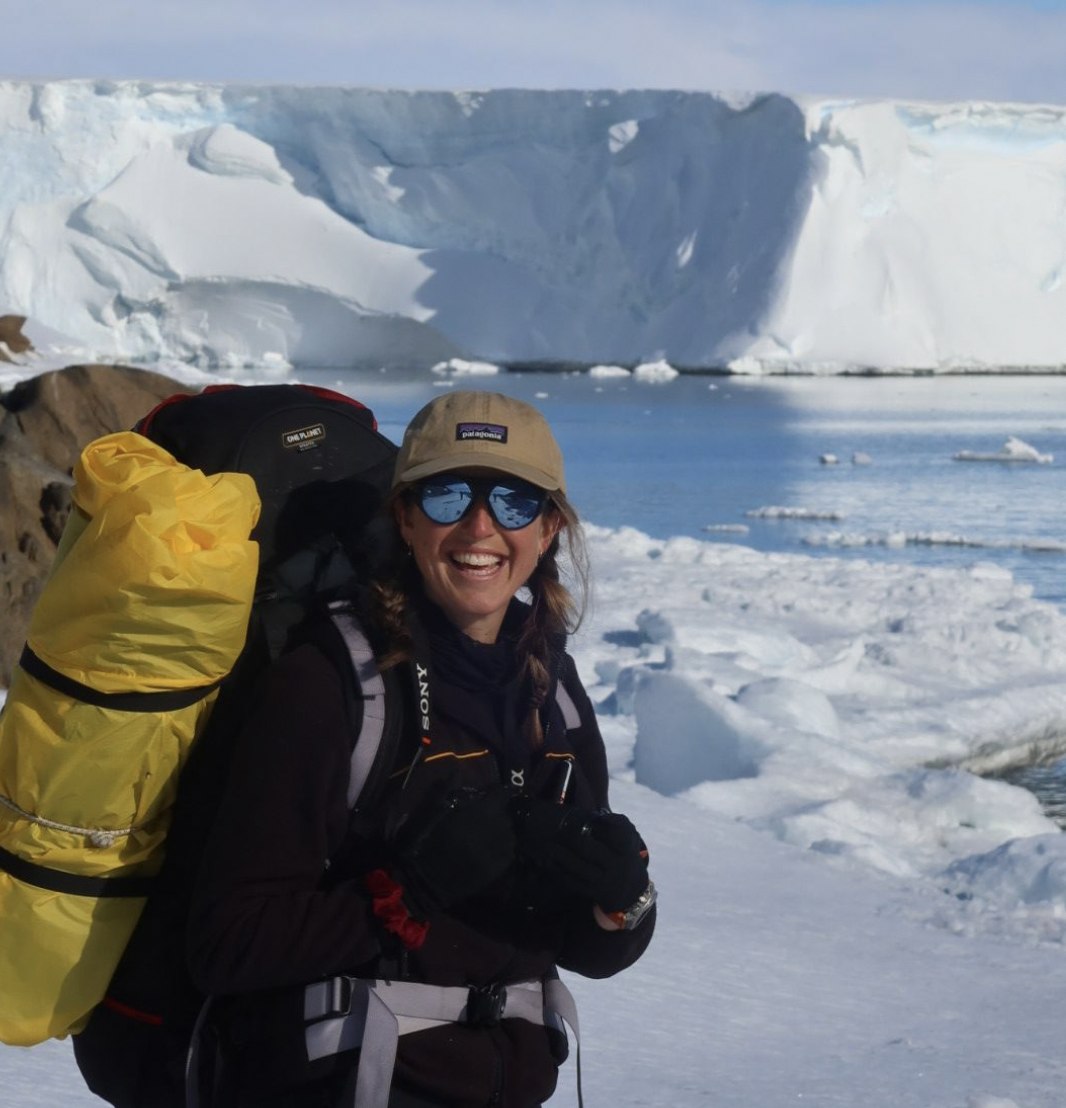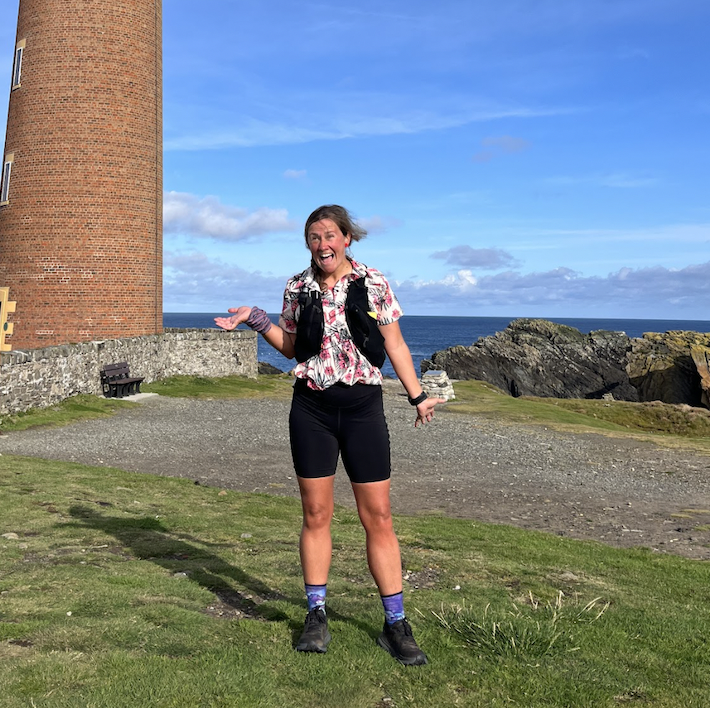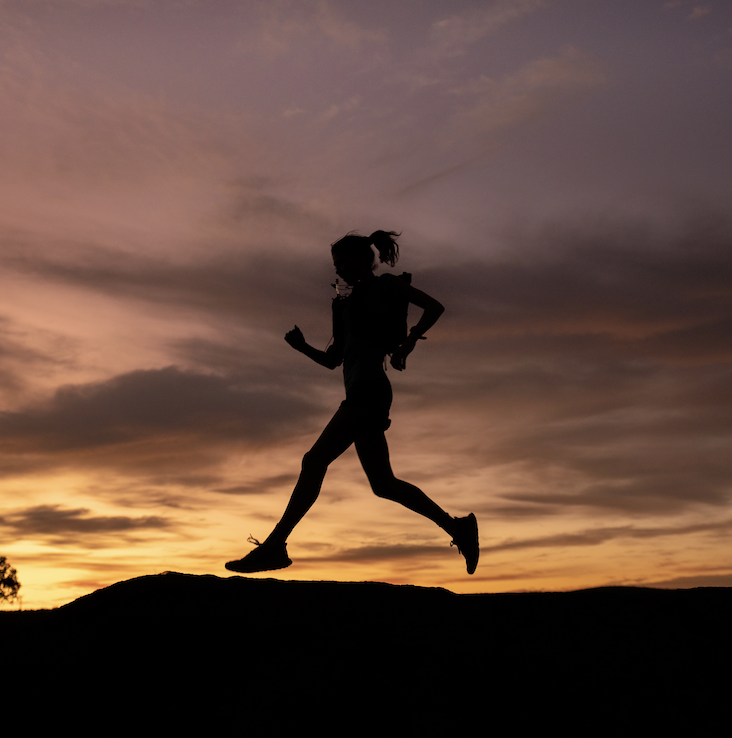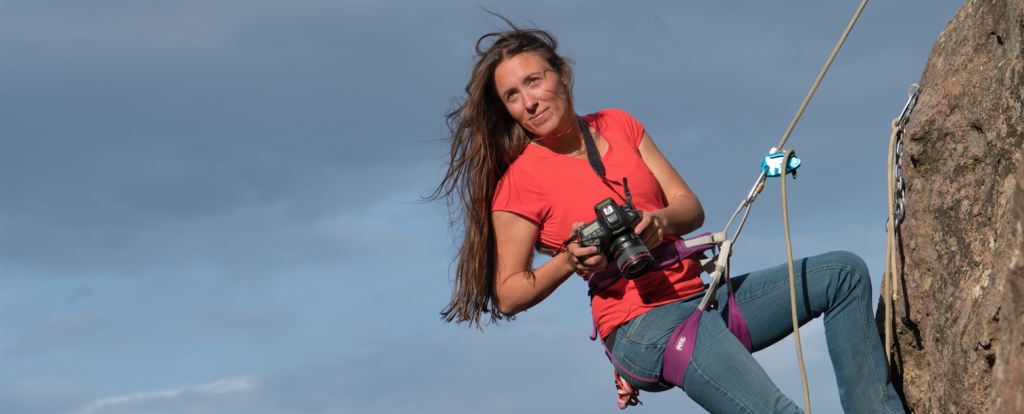
5 Minutes With Krystle Wright
In her latest breath-taking short film “In Perpetual Motion”, Queensland native Krystle Wright takes us on a visual journey of the all-consuming pursuit of creativity and freedom of an adventure sports photographer.
What inspired your latest film Perpetual Motion?
K: I get tired of films that use the formula “say it as you see it”, where you have a selection of talking heads explaining everything happening on screen. When we present photographs, the photographer isn’t there to explain it to the viewer in detail. A photograph allows space for interpretation by the viewer. Why are we not telling stories in that fashion in film, and letting images speak for themselves, and demanding engagement from our audience? With Perpetual Motion, my goal was to create a series of short films where images aren’t explained, and inevitably, viewer interpretation becomes an extension of the creator’s work.
People have no clue what it’s about; it requires emotional engagement from them, and that’s the reaction I want out of it; to be challenging and open to interpretation.
What was the creative idea behind the movie?
K: I wanted to illustrate the concept of perpetual motion: most artists have a feeling of nothing ever being enough, that art is never finished, constantly evolving and growing. Often, we’re never done with our work, never quite satisfied. I guess the film encapsulates my life at this point in time, an artistic representation of where I’m at right now; following the flow of movement, exploring the boundaries of the visual and putting in images the notion of constant change and renewal. I wanted to tell a photographer’s story purely using the vehicle of visual language without controlling how the viewer would feel about it; to give them the freedom to choose their interpretation, and glean from it what they wanted. The goal wasn’t to necessarily make the viewer love or hate what they saw, instead to ignite some form of emotion, whatever that emotion that may be. To trigger any form of reaction is a success in my book.
In your opinion, what is the hardest thing about shooting these types of films?
K: You have to learn to own the idea, follow through and maintain your confidence in it. At times, it can be hard to share your vision with others, for them to see what you’re seeing or to understand what you’re trying to communicate. As a photographer, it’s easy to have the urge to just go out and shoot, but when you work with a team, you have to learn how to let other people into your head and be efficient in communicating what you want. This time around, I chose to work with my friends Ben Thouard, who specialises in underwater photography and film, and Ben Stageluski, both whose judgment and skills I trust align with what I wanted from the movie.
How do you manage criticism and expectations from your audience/peers?
K: I’m always nervous when releasing new work. It’s been a hard lesson to learn, because you always want people to understand, to get what you’re saying. I’ve come to realise that I don’t mind when people don’t like my work. What does bother me, particularly with the prominence of the online sphere, is that people have no etiquette. Unfortunately, people often take to the Internet not to give constructive feedback (which I genuinely appreciate), but just to be needlessly mean. With age, I’m learning how to be less sensitive. I used to take everything to heart, which was emotionally exhausting, but I don’t bother reading comments online these days.
What do you love/hate about the transient lifestyle that you lead as an adventure photographer?
K: I never really intended to lead this life, but it comes down to following where the work goes. This lifestyle has become familiar now, and so I know just this and I would find it very hard to live any other way. The camera gives me the excuse to continue explore the world, in a way it’s become a tool for discovering new things. But on the flip side, If I move around too much at a pace that’s too intense (like right now!), I feel like I leave my soul behind, I feel disjointed from moving around too much. It’s what I know at the moment.
What’s your favourite piece of work so far?
K: I would definitely say ‘In Perpetual Motion’. I was lucky enough to produce it with the support of a brand (Canon) that gave me great leeway and trust to go out on a limb and experiment to my heart’s content.
What, in your opinion, what makes a moment unique/worth capturing?
I truly believe that it all comes down to the story. If you don’t have a story, there is no moment.
And what do you think defines a story?
K: Each one in unique in itself, but if I had to boil it down, I’d say layers, depth and dimension in a story, it can be structure, words or images. But ultimately, a good story comes down to emotion and relatability. Without emotion, it’s impossible to engage and resonate with your audience.
What would be your ultimate dream project?
K: A project that would encompass boundless creative freedom without constraints.
Words by Celeste Botton & Krystle Wright
